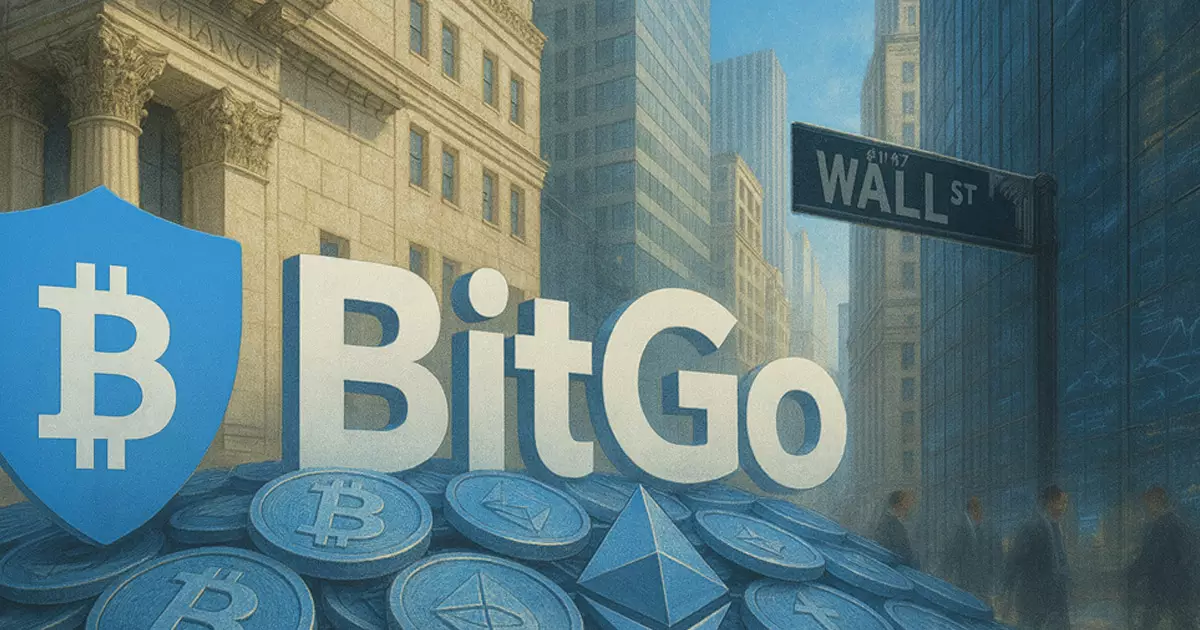The recent filing by BitGo for a potential IPO serves as a symbol of the industry’s relentless pursuit of legitimacy, yet it may also represent a dangerous overconfidence in an inherently volatile market. While the move hints at a maturing ecosystem that can meet traditional financial standards, it may simply mask the sector’s persistent instability and regulatory ambiguities. The digital asset industry’s rapid expansion, breaking the $4 trillion market cap barrier, sounds impressive—until one considers that much of this valuation rests on speculative hype, not concrete fundamentals. In this context, BitGo positioning itself for a Wall Street debut could be seen as an attempt to cement crypto’s credibility, but it might only deepen the illusory veneer of stability that has long plagued the industry.
Legal Hurdles and Overreach: The Regulatory Gambit
BitGo’s strategic moves in both the U.S. and Europe reveal a calculated effort to capitalize on regulatory frameworks, such as the EU’s MiCA legislation and the pursuit of a national bank charter in the United States. While these steps could legitimize the company’s operations, they also expose a fundamental flaw: the sector’s reliance on fragmented and often hurried regulation. The truth is, crypto’s regulatory landscape remains uncertain, and many of these frameworks are still untested by the courts. Striving for a bank charter might seem like a step toward integration with mainstream finance, but it also risks dragging the industry into more invasive governmental oversight. Instead of fostering independence, these moves could tether digital assets to traditional financial institutions—alienating core decentralist principles in favor of superficial compliance.
The Mirage of Institutional Endorsement
BitGo’s apparent success in attracting institutional interest and strategic investors provides a comforting narrative for skeptics who view crypto as a viable financial asset class. However, such endorsements are often based on inflated perceptions rather than genuine confidence in the sector’s robustness. Institutional money tends to gravitate toward regulation and safety, which can distort market signals and inflate valuations artificially. The recent surge in trading Bitcoin above $120,000 is less a testament to organic demand and more a reflection of speculative fervor. As more firms like BitGo aim for IPOs—following in the footsteps of Circle and others—there’s a danger that investors are chasing illusions of legitimacy, ignoring the underlying risks that have yet to be addressed comprehensively.
The Underlying Power Struggles in the Crypto World
While BitGo calls itself a pioneer in secure custody and compliance, it is operating within a broader power struggle—between the promise of technological innovation and the realities of regulatory inertia. The company’s pursuit of a public listing may give an impression of stability, but it’s also a sign of the sector’s desperate attempt to insert itself into the mainstream financial system. This approach risks sacrificing true innovation for regulatory approval and institutional acceptance. Instead of serving as a catalyst for broad-based adoption, these efforts could favor a narrow echelon of elite investors and institutions, leaving the rest of the market vulnerable to manipulation and volatility. The industry’s flirtation with legitimacy should not obscure the fundamental trade-offs—risk, transparency, and decentralization—that still define its core.

